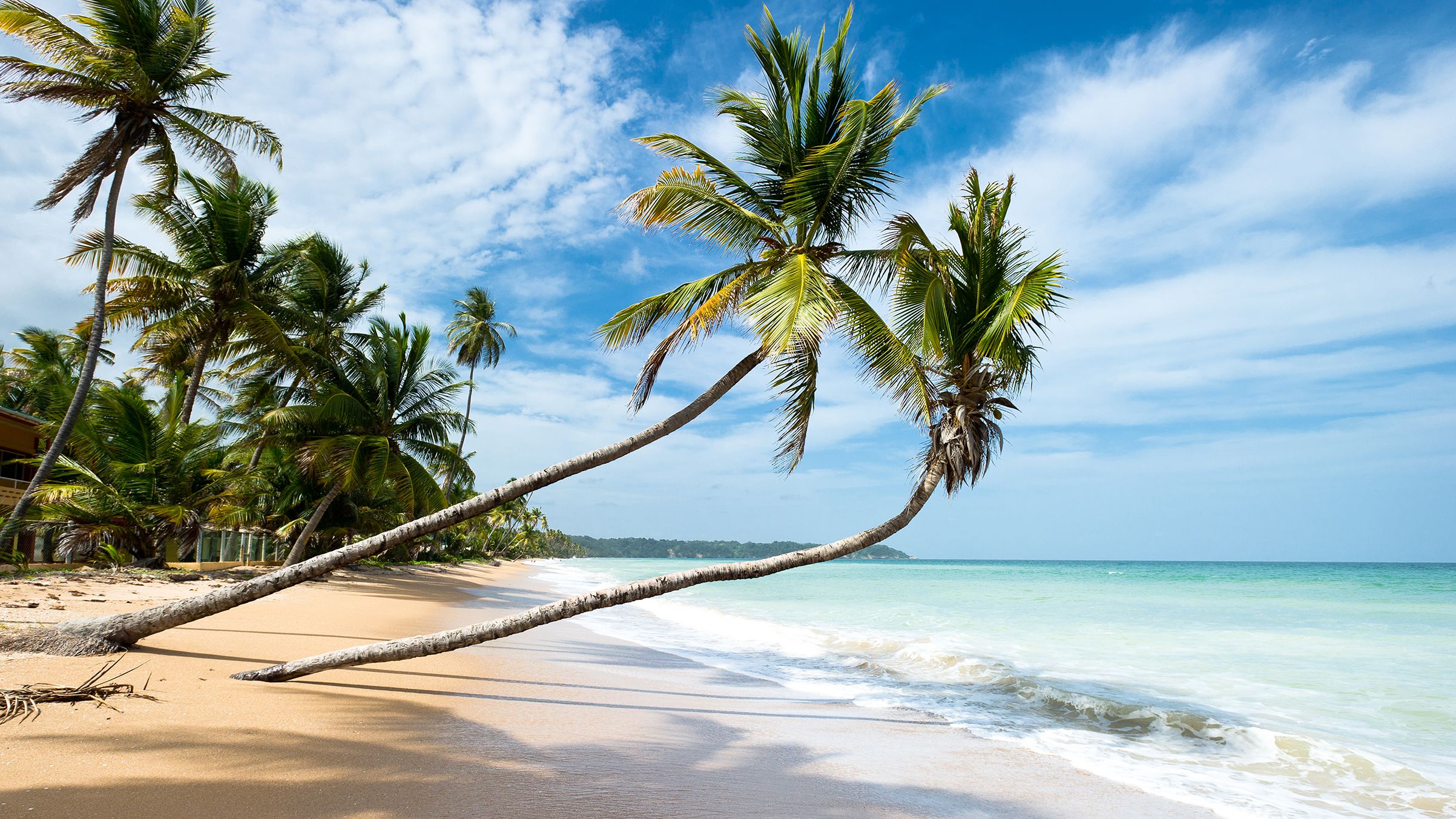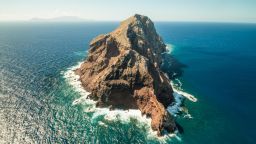When you think Caribbean, you think beaches. When you think Trinidad, though… not so much. This is the land of soca and Carnival, a booming oil sector and Nicki Minaj. Beaches? You travel elsewhere in the Caribbean for that.
But should you?
Trinidad’s beaches are, in actuality, as stunning as any stretches of sand and sea found anywhere throughout the Caribbean. What’s more, each of Trinidad’s 50+ beaches has its own special character, ensuring there’s one to suit almost every type of beachgoer.
Here are some of the best:
Mayaro Beach
If you’re looking for a picture-perfect place to meet or exceed your daily quota of 10,000 steps, then Mayaro Beach is perfect for you. Trinidad’s longest beach, Mayaro stretches nine miles along the island’s southeastern coast.
Strong surf here limits swimming to the most experienced few. Other thrill-seekers test the wind and waves kiteboarding. For the rest of us, though, walking here along unspoiled silver-gray sands far from more popular beaches to the north more than satisfies.
Manzanilla Beach
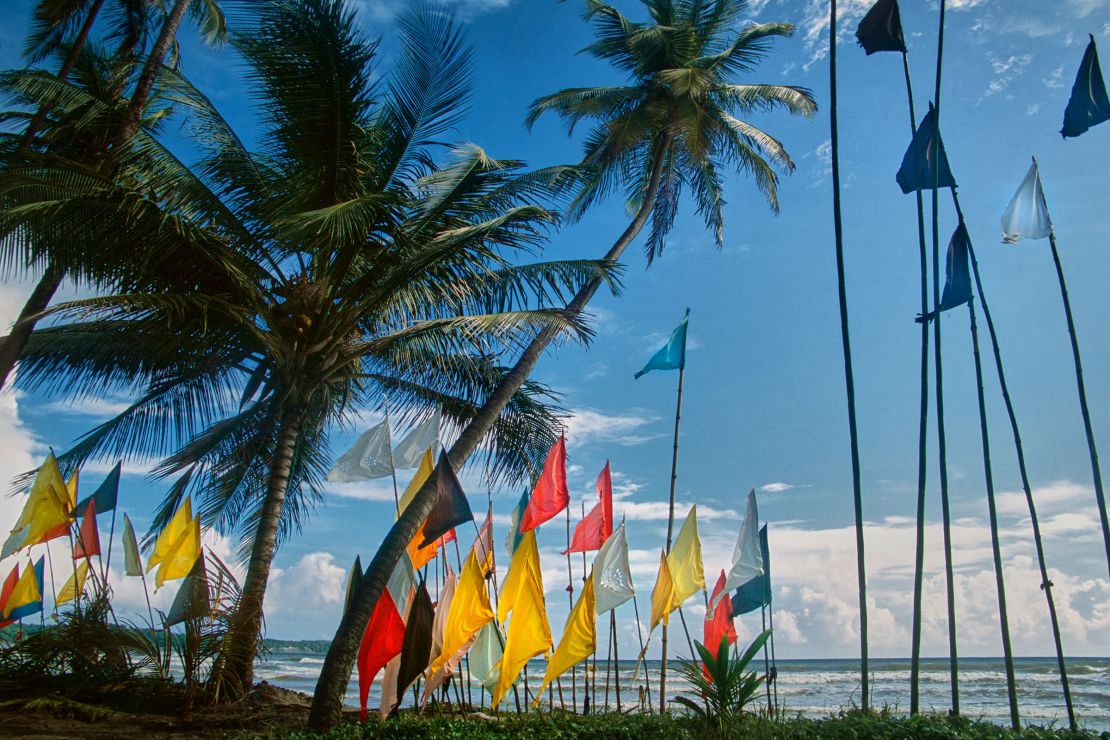
Just north of Mayaro, though not much better-known, Manzanilla Beach is also great for walking. Miles of towering coconut palms line the shore here, creating an atmosphere straight out of a traditional deserted beach fantasy.
The main attraction here: beachcombing for seashells. Thick clusters of them lay in piles along the Manzanilla sand.
Grand Riviere Beach
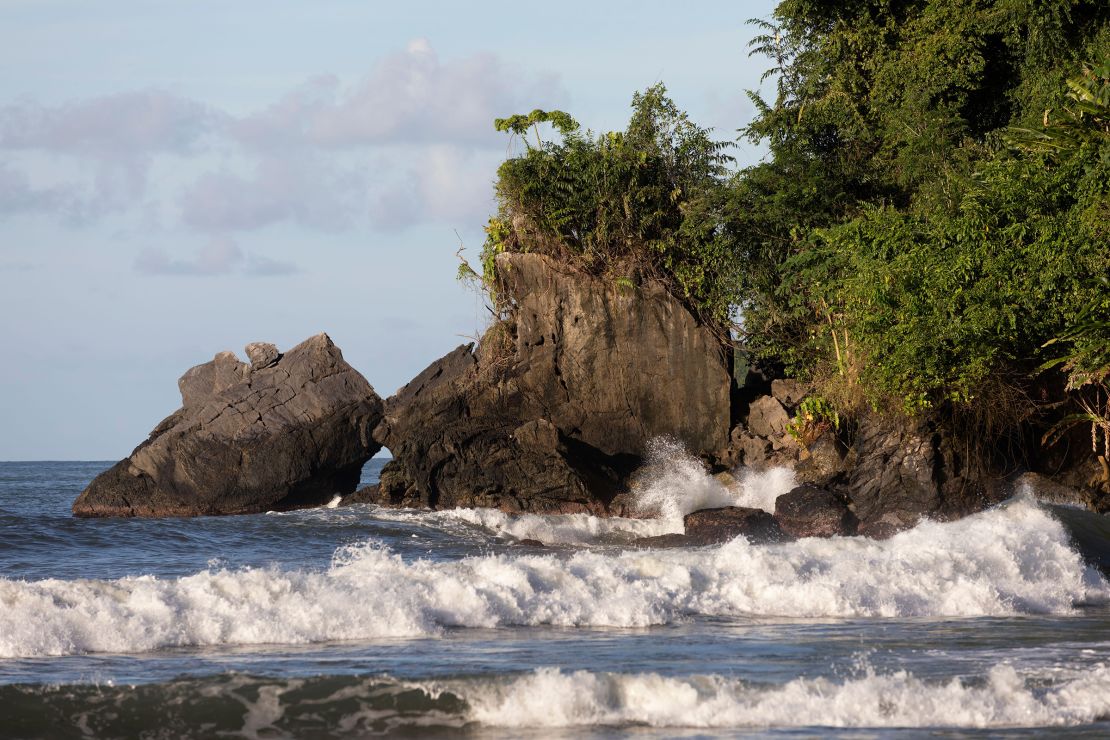
Unlike the long stretches of sand that line her eastern shores, Trinidad’s north coast beaches lie nestled in small, concentrated bays. These idyllic half-moon coves carved from the jagged, hilly coastline are the epitome of unspoiled romantic beach havens.
Grand Riviere stands out among them as Trinidad’s prime sea turtle nesting beach. It’s not uncommon to find hundreds of Leatherback turtles nesting along Grand Riviere’s scant one kilometer of sand on a given night in-season (between March and August).
Note: A permit from the Trinidad Forestry Division is required to view Leatherback turtle nesting.
Maracas Bay Beach
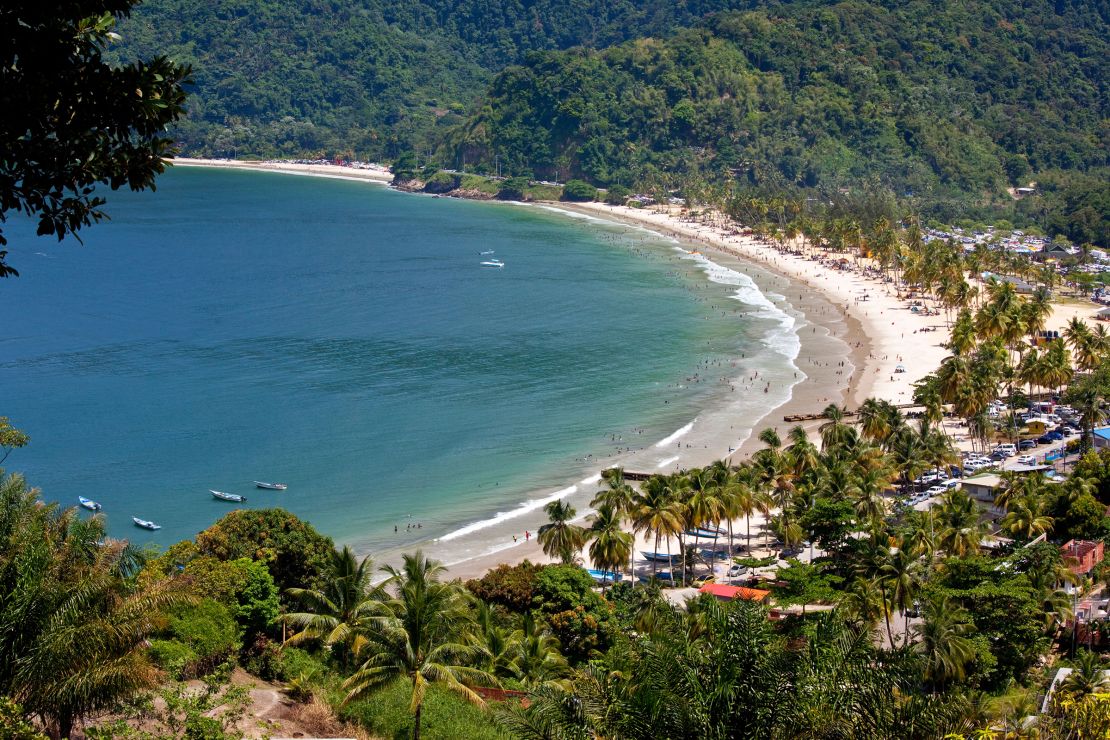
As Grand Riviere is to nature lovers, so is Maracas Bay Beach to foodies. Another one of Trinidad’s fairytale north shore smiling crescent coves, Maracas is easily the most popular and best-known beach on the island.
Maracas’ fame is rooted, in part, to its popularity among US servicemen stationed in Trinidad during World War II. The GIs found Maracas Bay to be so beautiful that they commissioned the construction of what was for many years the best road in Trinidad expressly so they could access and enjoy the beach more easily.
In later years, though, Maracas’ fame grew even more thanks to the uniquely Trinidadian culinary treat that is bake and shark.
A bake and shark (it’s also sometimes called shark and bake) is a sandwich. A shark meat sandwich. The shark (usually blacktip) is deep-fried. Trinidadian bakes, fluffy fried flour-dough treats similar to Johnny cakes, are used in place of bread. The combination yields one of the most beloved tastes of Trinidad.
Legend has it that the bake and shark was first crafted, served and enjoyed at Maracas Bay Beach. Today, a collection of lunch kiosks set back from the beach in the sand offer their own individual take on the Trini classic, plus an array of other local and international eats and treats.
In more recent times, concerns over the sustainability of using black tip sharks has led to campaigns urging people to think twice about eating them.
Las Cuevas Beach
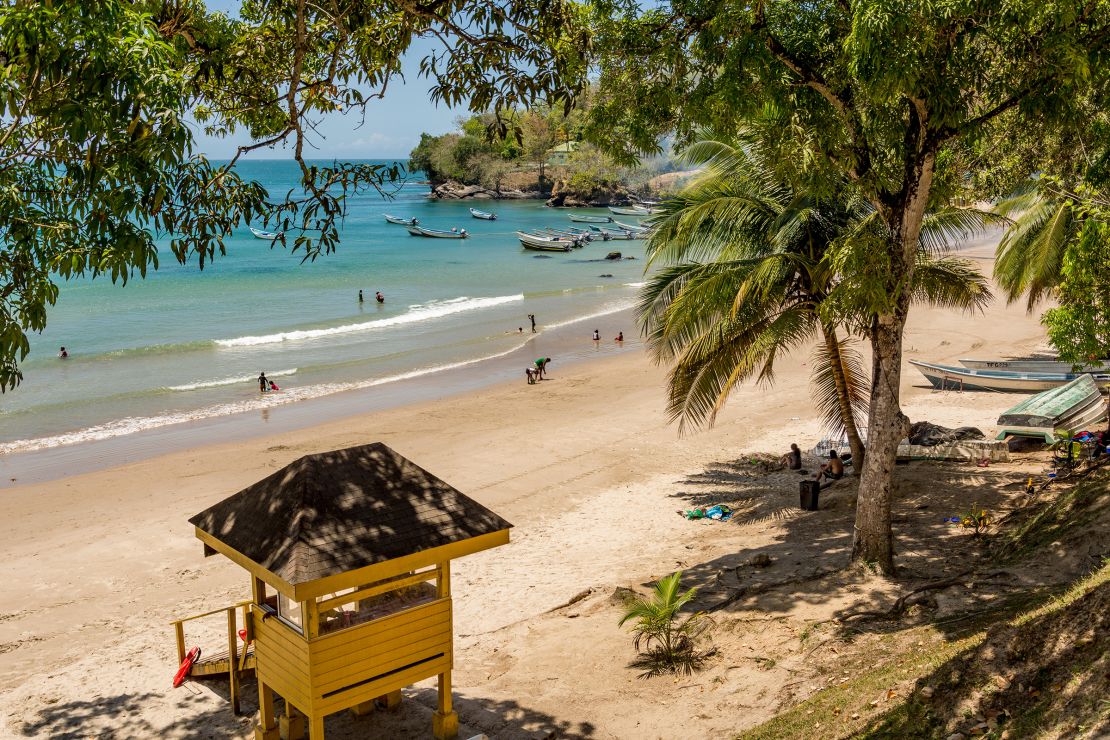
One bay east of Maracas (about a 10–15-minute drive), Las Cuevas Beach is ideally situated for those wishing to double their beach pleasure by combining visits to both in one trip. After limin’ (hanging out) a bit amid the Maracas party scene/crowds, head over the hill to Las Cuevas.
Everything here is more peaceful than at Maracas, including the sea and surf. This makes Las Cuevas arguably the best beach for swimming in Trinidad. At 2.2 kilometers long, Las Cuevas is also the largest beach on Trinidad’s north coast, which yields more room to carve out your own private and secluded beach fun.
Down ‘D’ Islands
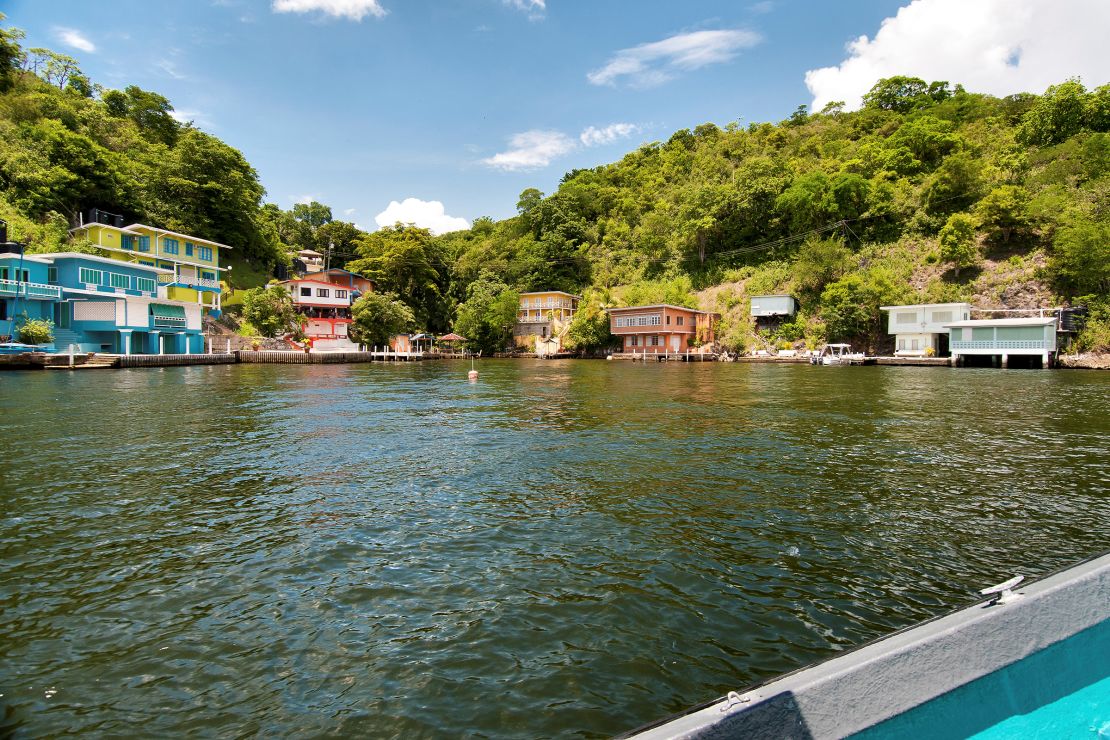
Less known than its beaches are Trinidad’s satellite islands and islets. Indeed, the country of Trinidad and Tobago is comprised of more than just its two main land masses. Down ‘D’ Islands, or DDI for short, makes it easy for visitors to island-hop around offshore parts of Trinidad that most Trinidadians don’t even know.
DDI boat excursions are offered by a number of different tour companies, many operating out of Chaguaramas on Trinidad’s west coast near the capital city, Port-of-Spain.
One of the most popular day trips takes visitors to Gaspar Grande. Once there, guests enjoy a low-impact hike to a cave. Well-lit stairs trail down to an underground pond known as the Blue Grotto.
Less adventurous travelers, however, can skip all that and simply opt to frolic around swimming in the unspoiled, secluded bays of Trinidad’s uninhabited tiny sister islets. A truly unique travel experience in a most unexpected place.
Trinidad beaches things to know…

Trinidad’s 260 miles of coastline offers more than 50 beaches. As elsewhere across the Caribbean, all beaches in are public.
Unlike elsewhere across a lot of the Caribbean, the most popular beaches in Trinidad are manned by lifeguards. Among the highlighted beaches, Mayaro, Manzanilla, Maracas, and Las Cuevas all have lifeguards. Additional Trinidad beaches where you’ll find lifeguards on duty include Los Iros, Toco, Salybia, Vessigny and Quinam. Trinidad lifeguard services are provided between the hours of 10 a.m. and 5:30 p.m. every day, including weekends and holidays.
Food and drink concessions, beach bars, restrooms, and other facilities are present at many of Trinidad’s most popular beaches. This is especially true at Maracas Bay Beach, of course, where even the Wi-Fi is pretty good up to the shoreline.
The type of megaresorts found hogging up the choicest stretches of sand in other parts of the Caribbean, though, do not exist in Trinidad. What few accommodations that do exist are usually of the small and cozy guesthouse, villa, or Airbnb variety. As such, beach experiences here are more authentic to the natural vibe of the island and its true culture than you might find in other more tourist-focused destinations.
It’s the real West Indies, as great as it’s always been.
